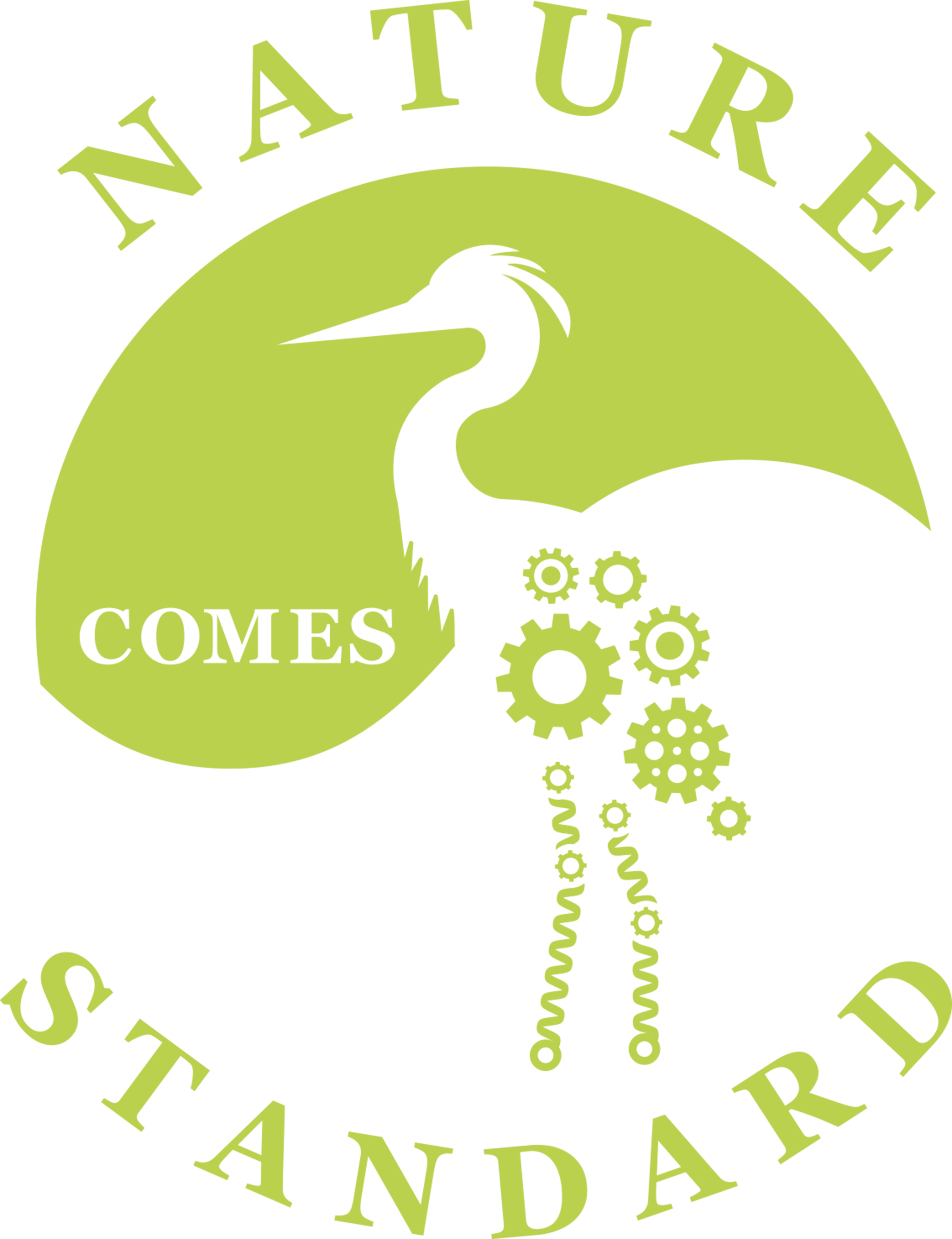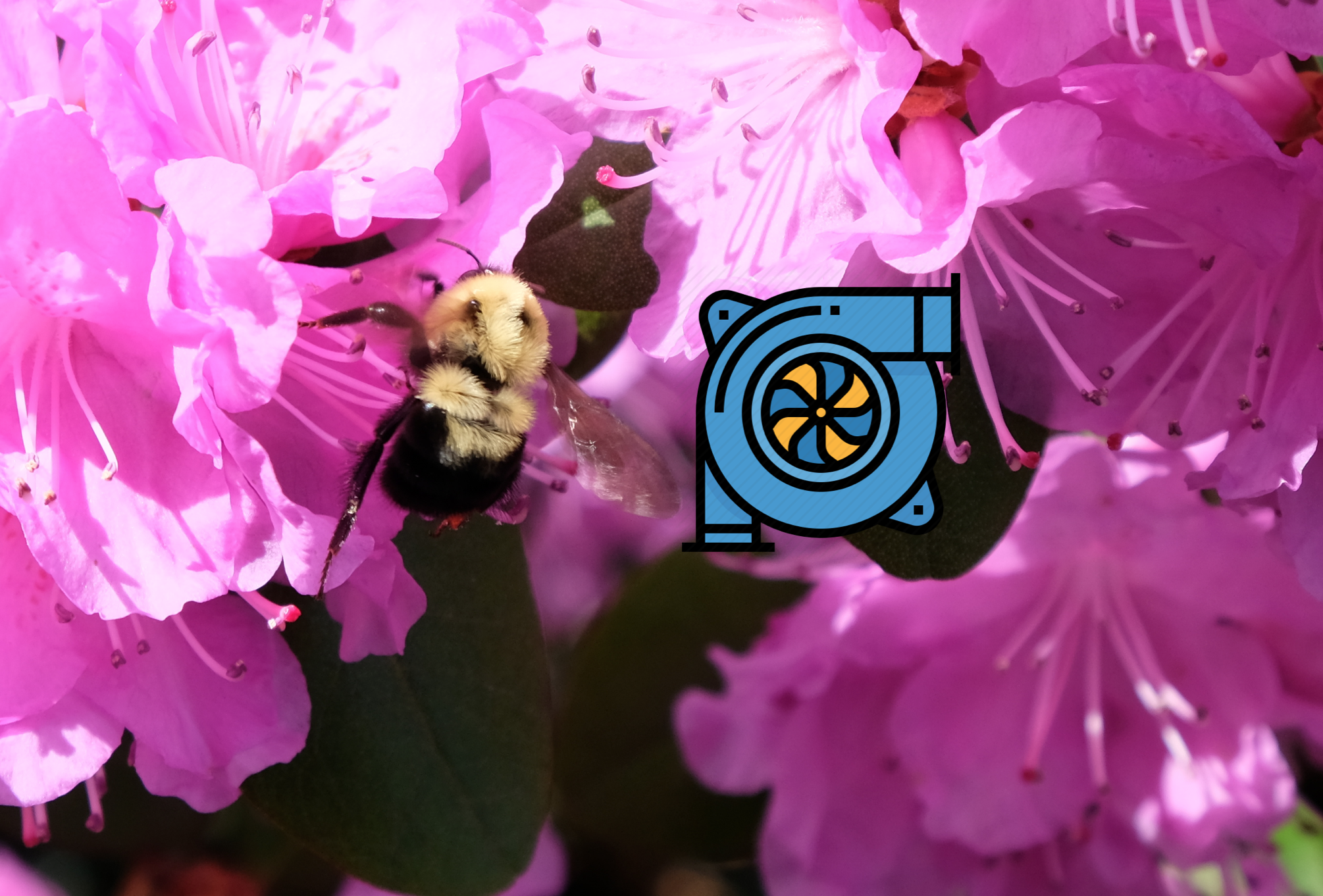The Biomimicry Buzz at SAE World Congress Event

Biomimicry emerged as a topic for the 2019 Society of Automotive Engineers (SAE) World Congress (WCX) in Detroit. Five lectures followed by a panel discussion with the same speakers filled the afternoon with promising examples of current and future biomimicry applications.
Great Lakes Biomimicry co-director, Trisha Brown, grounded the audience with an overview of biomimicry and its strength as an innovation process. For example, the mantis shrimp has 16 different colors and six polarization sensors with a unique stacked structural system. This system has already inspired a camera for cancer cell detection, but imagine applying it to improving ADAS cameras or vision sensors in manufacturing.
Emily Kennedy, the Director of External Relations at the Biomimicry Research and Innovation Center at the University of Akron, expounded on her experience as a Biomimicry Fellow at GOJO. During her time at GOJO, Emily helped re-imagine the Purell dispenser pump via inspiration from the human heart. The heart, a multi-chamber pump with shared flexible walls, conserves energy from the previous pump cycle. From the heart's lessons, GOJO launched an improved hand sanitizer pump with significant energy savings over the outgoing reciprocating pump. What if automotive engineers also looked into the human heart or other of Nature's pumps to improve the efficiency of moving automotive fluids?
Steven Howe, a Biomimicry Fellow at Bendix Brakes, is a fish expert. While he could not elaborate on several in-process nature-inspired patents, he enlightened the crowd with his research into a unified theory of fish locomotion. His research divides the fish movement into smaller chunks, such as a heading change plus a center of mass change. This analysis could inform new theories in automotive controls systems like ABS, ESP, and other driver assistant systems.
With products in hydraulics, aerospace, automotive, and electronics, Eaton recently acquired a Biomimicry Fellow from the University of Akron. Swaminathan Subramanian's vision of integrating biomimicry company-wide sees it adding value, product differentiation, and inspiring thermal management solutions and light-weighting solutions.
David Benko, an engineer at Goodyear, and Sarah Han, a Biomimicry Fellow fellow with Goodyear, touched on how Nature could inform tire design. For example, shark denticles layered on its skin improves hydrodynamics through the sea. These denticles, applied to tire grooves, might shed water quickly, thus, reducing hydroplaning. In another case, the sea urchin mouth has a unique grinding structure and propensity to maintain sharpness. Imagine this strategy applied to the design of wear resistance tires. Finally, fish scales have unique multi-layer puncture-proof scales that could inspire puncture-resistant tire technology.
With so many opportunities to apply biomimicry to the mobility industry, it will be interesting to see what biomimicry innovations arise at SAE WCX 2020.





